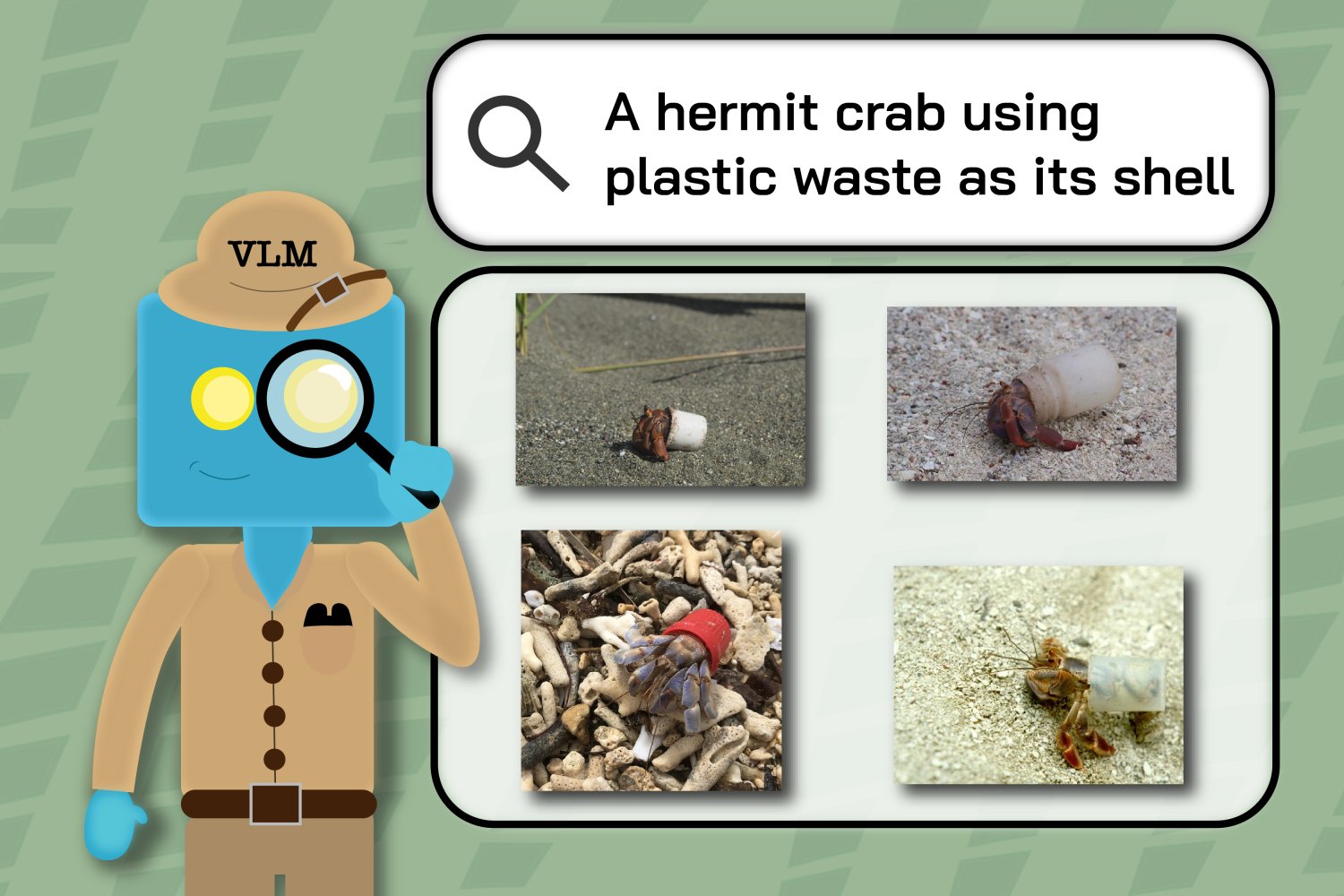Introduction to Ant Group’s AI Breakthrough
Ant Group, a company owned by Alibaba, is making significant strides in the field of artificial intelligence (AI). The company is relying on Chinese-made semiconductors to train AI models, reducing costs and lessening dependence on restricted US technology. This move signals Ant’s deeper involvement in the growing AI race between Chinese and US tech firms.
The Use of Domestic Hardware
Ant has used chips from domestic suppliers, including those tied to its parent, Alibaba, and Huawei Technologies, to train large language models using the Mixture of Experts (MoE) method. The results were reportedly comparable to those produced with Nvidia’s H800 chips. While Ant continues to use Nvidia chips for some of its AI development, the company is turning increasingly to alternatives from AMD and Chinese chip-makers for its latest models.
The MoE Method
The MoE method divides tasks into smaller data sets handled by separate components and has gained attention among AI researchers and data scientists. This technique has been used by Google and the Hangzhou-based startup, DeepSeek. The MoE concept is similar to having a team of specialists, each handling part of a task to make the process of producing models more efficient.
Reducing Training Costs
Training MoE models depends on high-performance GPUs, which can be too expensive for smaller companies to acquire or use. Ant’s research focused on reducing that cost barrier. The company’s optimized training method reduced the cost of training one trillion tokens from about 6.35 million yuan (roughly $880,000) to around 5.1 million yuan by using lower-specification chips.
Applications of AI Models
Ant plans to apply its models, Ling-Plus and Ling-Lite, to industrial AI use cases like healthcare and finance. The company has acquired Haodf.com, a Chinese online medical platform, to further its ambition to deploy AI-based solutions in healthcare. It also operates other AI services, including a virtual assistant app called Zhixiaobao and a financial advisory platform known as Maxiaocai.
Open-Source Models
Ant has made its models open source, with Ling-Lite having 16.8 billion parameters and Ling-Plus having 290 billion parameters. For comparison, estimates suggest closed-source GPT-4.5 has around 1.8 trillion parameters.
Challenges and Future Directions
Despite progress, Ant’s paper noted that training models remains challenging. Small adjustments to hardware or model structure during model training sometimes resulted in unstable performance, including spikes in error rates. However, the company’s efforts may represent a step forward in China’s attempt to lower the cost of running AI applications and reduce reliance on foreign hardware.
Conclusion
Ant Group’s breakthrough in AI research using Chinese-made semiconductors marks a significant step forward in the company’s efforts to reduce costs and lessen dependence on US technology. The use of domestic hardware and the MoE method has shown promising results, and the company’s open-source models have the potential to drive innovation in the field. As the AI race between Chinese and US tech firms continues to heat up, Ant Group’s progress is likely to have a significant impact on the industry.
FAQs
- What is Ant Group using to train its AI models?
Ant Group is using Chinese-made semiconductors to train its AI models. - What is the MoE method?
The MoE method divides tasks into smaller data sets handled by separate components, making the process of producing models more efficient. - What are the applications of Ant’s AI models?
Ant plans to apply its models to industrial AI use cases like healthcare and finance. - Are Ant’s models open source?
Yes, Ant has made its models, Ling-Lite and Ling-Plus, open source. - What are the challenges faced by Ant in training its models?
Ant’s paper noted that training models remains challenging, with small adjustments to hardware or model structure sometimes resulting in unstable performance.











